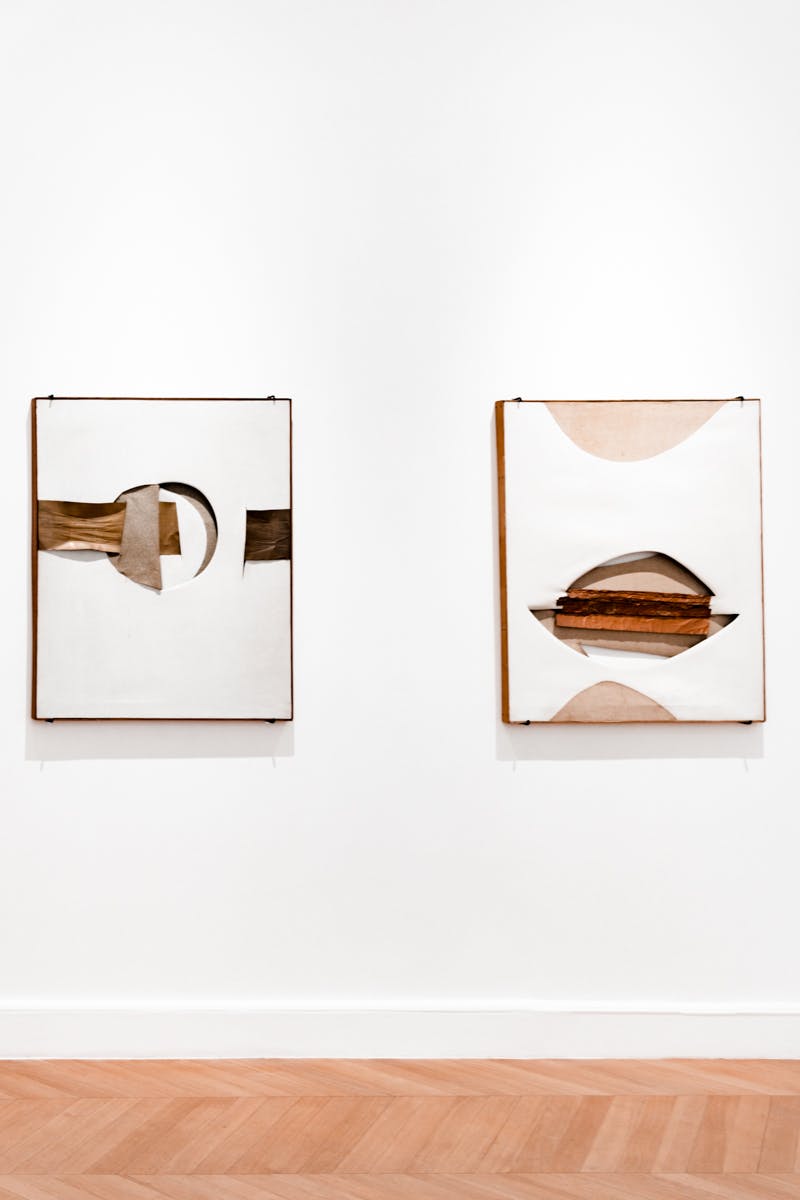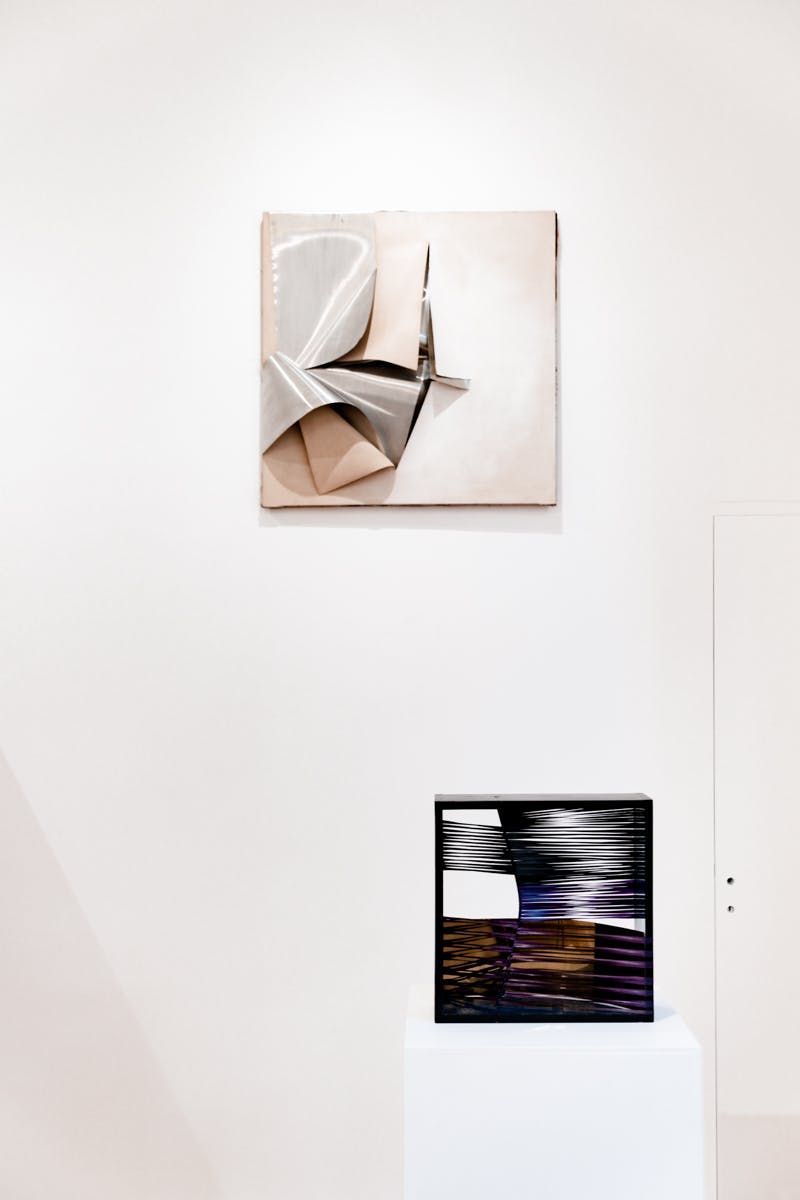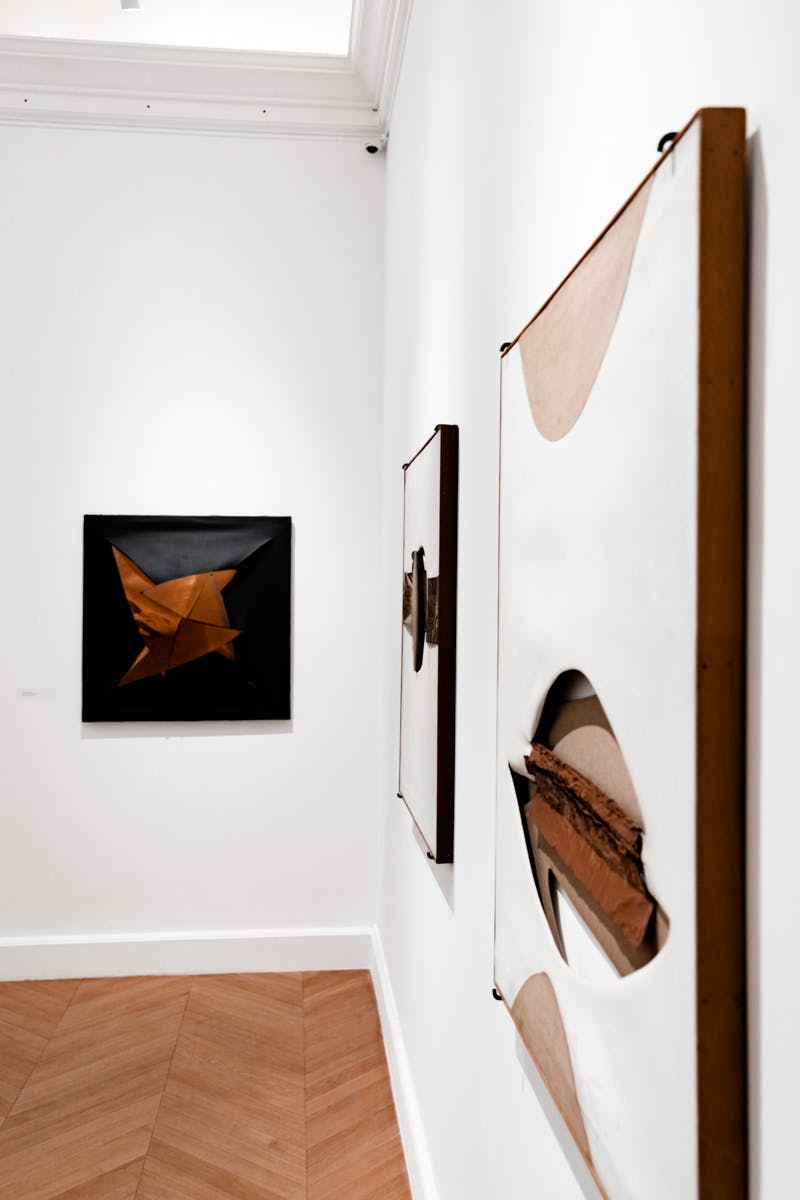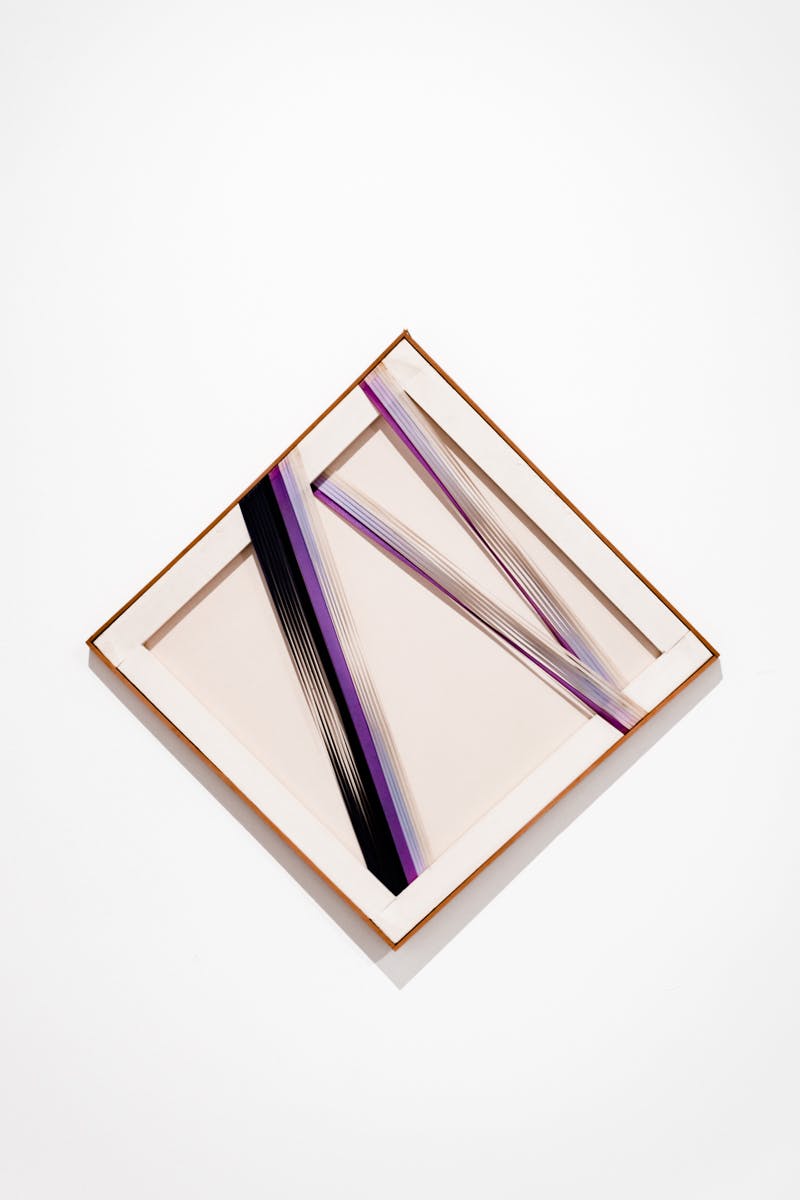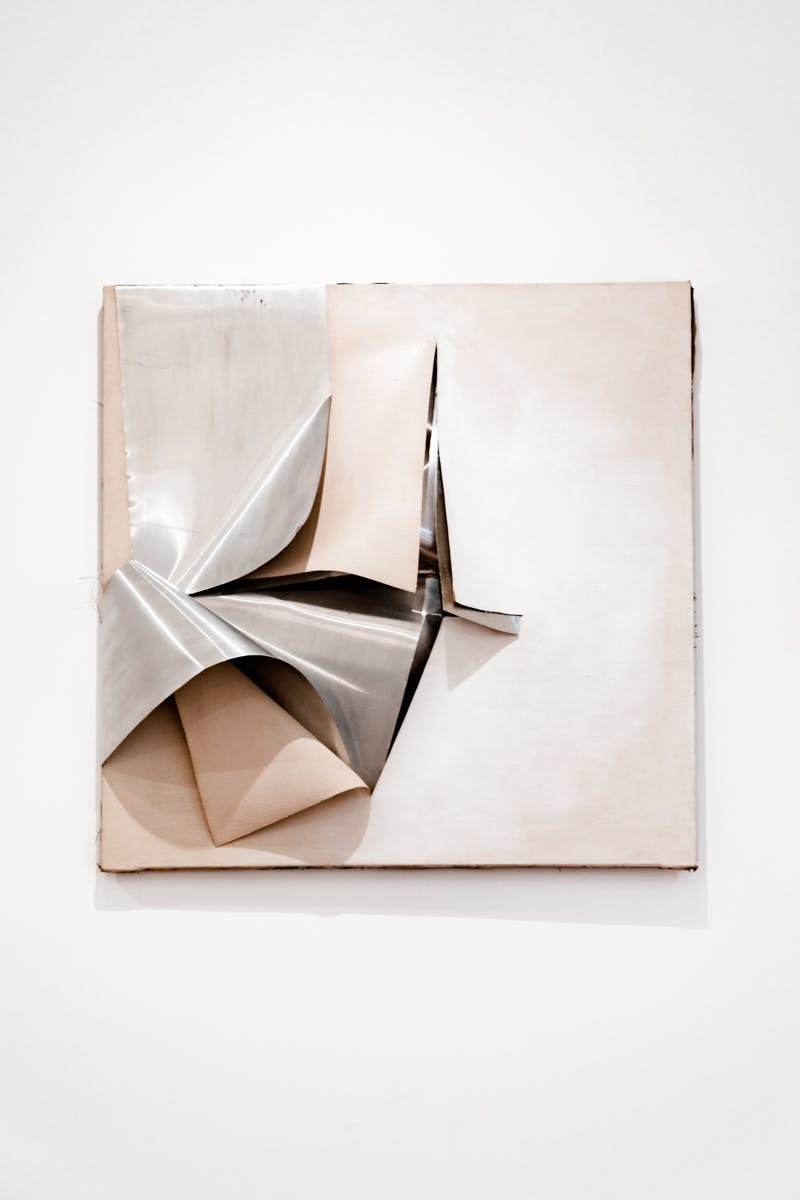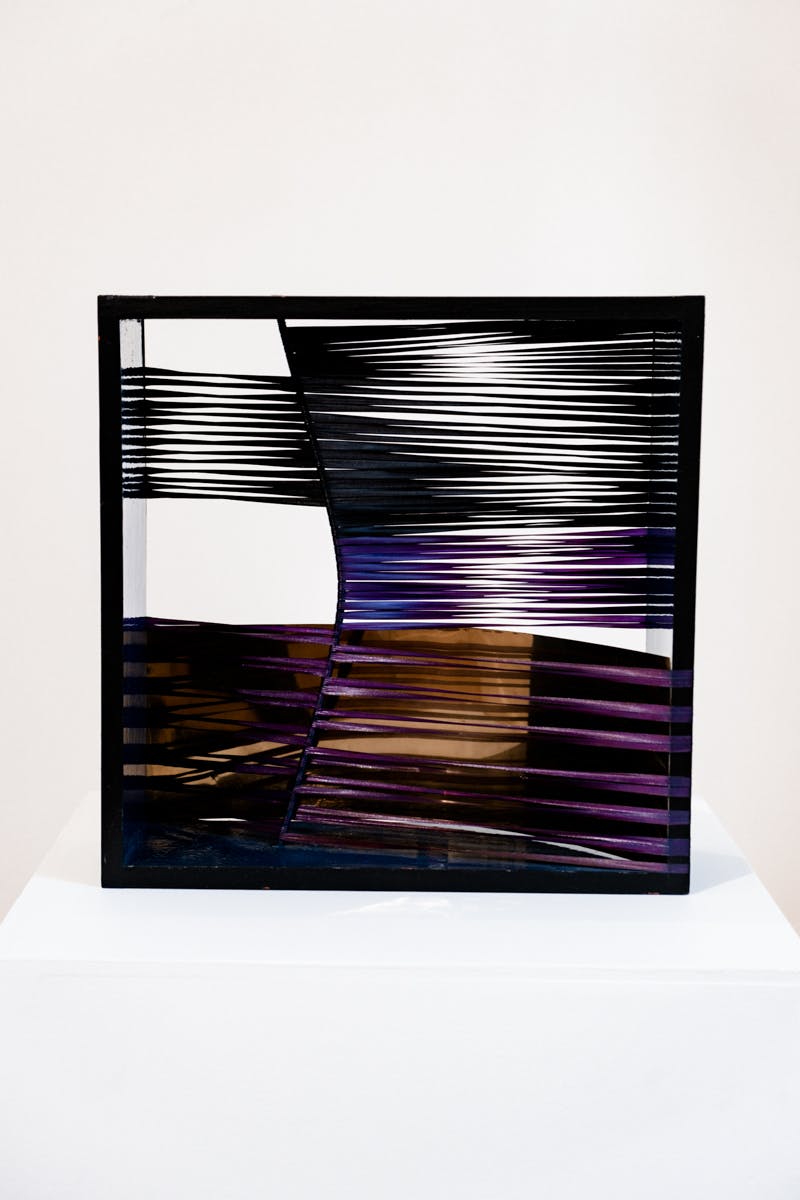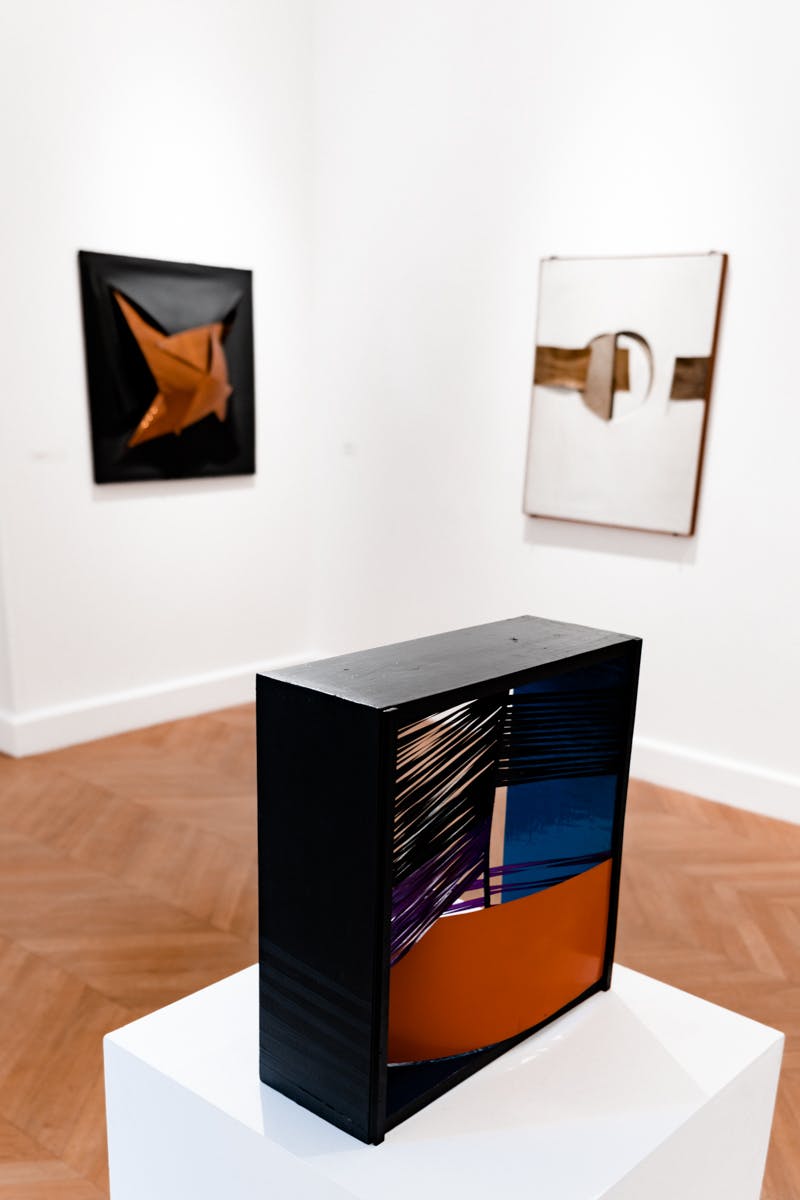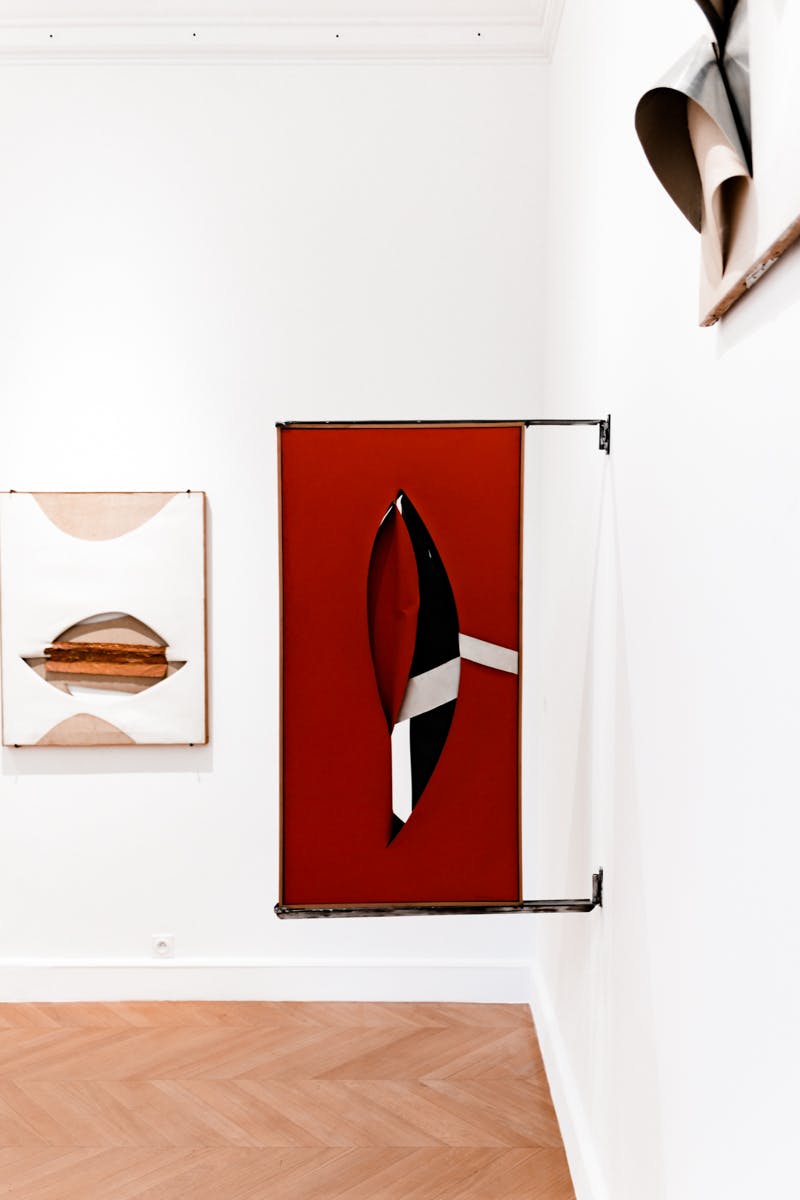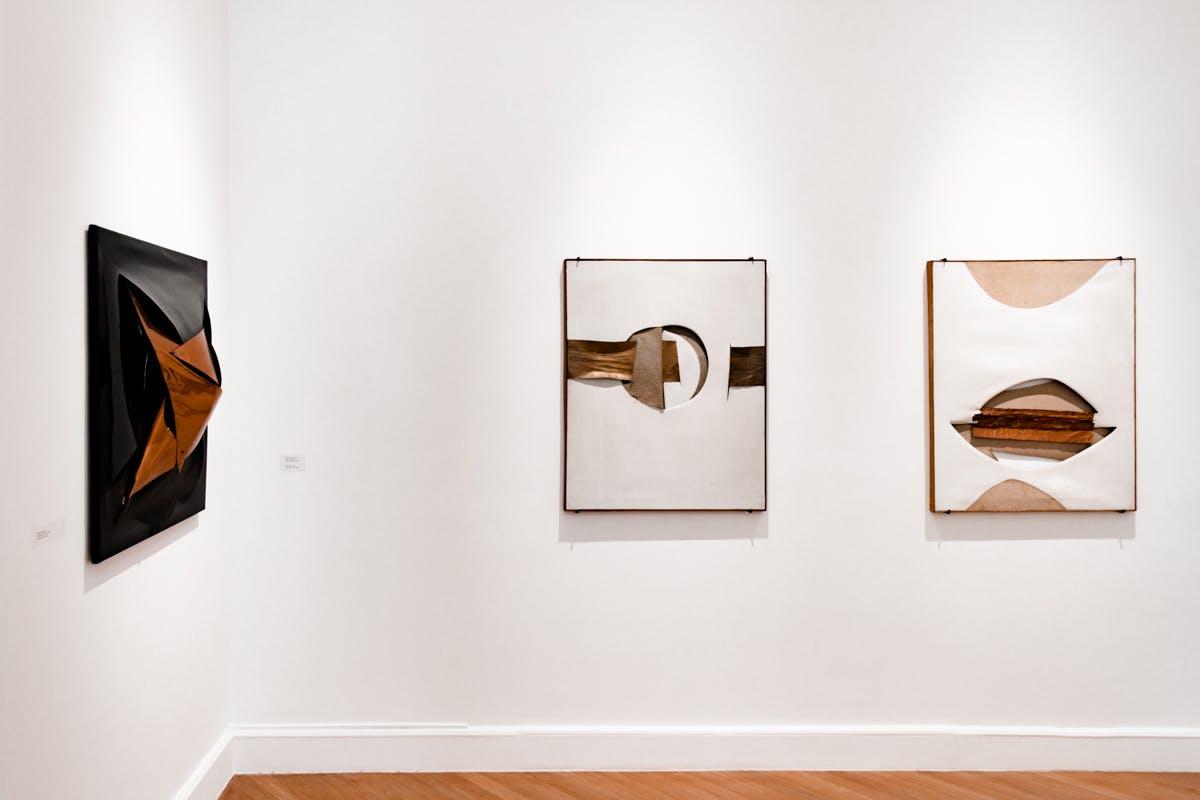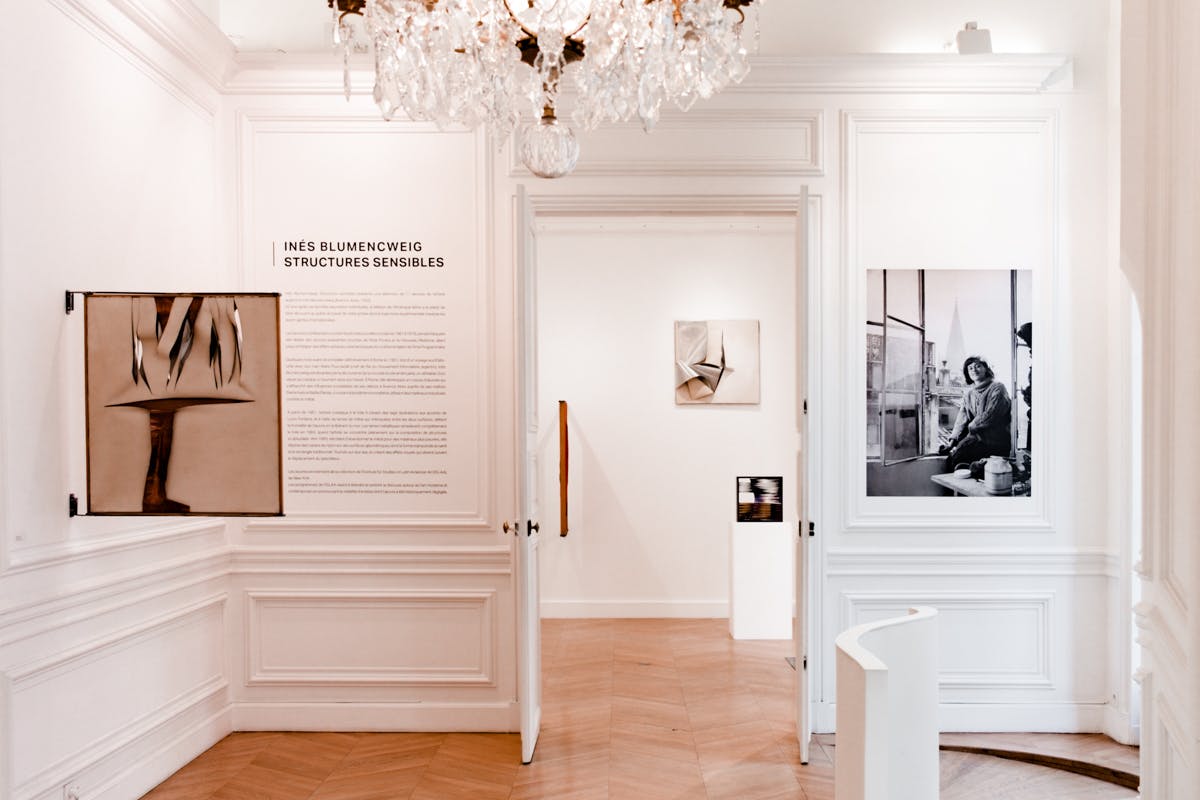Update: This exhibition has been extended through January 20, 2023.
Maison de l'Amérique Latine, Paris, is delighted to announce the exhibition Inés Blumencweig: Structures sensibles, organized in collaboration with the Institute for Studies on Latin American Art (ISLAA), which will be on view from October 12, 2022, through January 7, 2023.
Inés Blumencweig: Structures sensibles presents a selection of eleven major works by the Argentine artist Inés Blumencweig (b. 1930, Buenos Aires), produced between 1961 and 1978. The first solo exhibition of Blumencweig's work since 1980, Inés Blumencweig: Structures sensibles seeks to highlight Blumencweig's distinct artistic contribution to the Italian avant-garde movements of the 1960s and 1970s and the narratives of Spatialism, Arte Povera, and Arte Programmata.
Like many women artists of her generation, Blumencweig is often positioned in relation to her late husband Mario Pucciarelli (1928–2014), one of the foremost artists of Informalismo. Before settling in Rome, the couple spent time in Washington, D.C. and New York, where Blumencweig was profoundly impacted by Abstract Expressionism. In Rome, she developed a new body of work that departed from her Surrealist-inflected roots. Highlighted in the exhibition, these works explore dimensional relief and are made of industrial materials like metal.
Early canvases from 1961 and 1962 demonstrate the artist’s experimentation with canvas lacerations and metal slats as well as the influence of Arte Povera and, especially, of Spatialism, spearheaded by Lucio Fontana (whom the artist knew personally). In these works, Blumencweig embraces space not as a notion of the absolute but as the possibility of fluid continuity. Some works present a single visible surface, while others defy frontality by moving away from the wall, showing both sides as autonomous objects with an almost sculptural dimension.
From 1963, canvas gradually disappeared from her work, giving way to organized sets of metal blades. In two works dated 1973 and 1978, metal blades are replaced by nylon ribbons. These are geometric works whose composition transcends the traditional square or rectangular shapes with visual effects that recall those of Arte Programmata: the contortion of the ribbons produces an optical activation of the space, heightened by the movement of the spectator in front of the work.
Inés Blumencweig: Structures sensibles aims to highlight, forty-two years after her last solo exhibition, the work of a singular woman artist whose path has crossed the international avant-gardes. Her powerful pieces assemble these movements in novel ways with accents reminiscent of those of Arte Povera, and, after 1965, with the integration of the geometry and optical effects of Arte Programmata.
The works included in the exhibition are on loan from the collection of the Institute for Studies on Latin American Art, New York. ISLAA's initiatives aim to expand and enrich extant narratives of modern and contemporary art by supporting visibility for artists whose work has been historically overlooked.
Installation Views
Inés Blumencweig (1930, Buenos Aires -2025, Roma). In the 1950s, Blumencweig participated in the workshops of Surrealist painters Nélida Demichelis and Jaume Batlle Planes. At that time, she exhibited her works in groupss and solo shows in the main galleries of Buenos Aires. In the late 1950s, she abandoned figuration to exploreInformalismofor a short period. She was included in the group exhibition Pintura Argentina contemporánea, which traveled between the modern art museums of México, Rio de Janeiro, and Buenos Aires between 1960–1961. In 1963, the Museum of Modern Art in Miami dedicated her first and last solo museum exhibition. In 1964, the Galleria Pogliani in Rome exhibited her works in metal; the following year, her work was shown at the Galleria La Metopa in Bari. In 1980, Galleria P21 in Rome hosted a solo exhibition of her work. From 1965 to 1990, Blumencweig was an art journalist for ANSA (Italian Press Agency).
